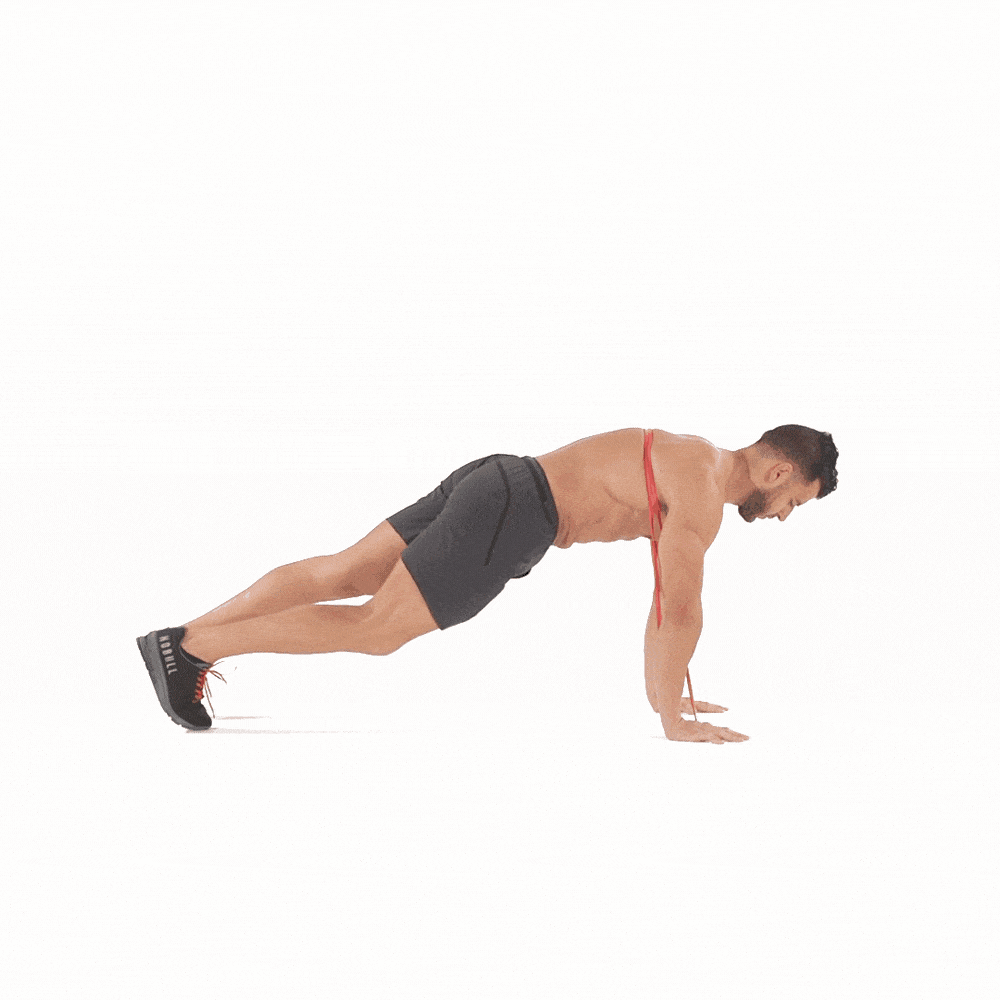Olympic Weightlifting Recovery 101: Mobility
An important attribute for all Olympic Weightlifters is good mobility. It’s essential for athletes to work on their range of motion between sessions, and activate key muscle groups before taking to the weightlifting platform.
As part of our Olympic Weightlifting Recovery 101 series, we asked Josie Mitchell, sports therapist and director of London Sports Therapy for her top tips when it comes to mobilising between lifting sessions.
If you have a niggle that’s causing you discomfort or feel like you’re in need of an MOT for your body, book a session with Josie at London Sports Therapy.
Why Is Good Mobility Important For Olympic Weightlifting?
“Weightlifting requires good mobility in so many areas of your body. This is especially true in the squat snatch; our position at the bottom of the squat requires adequate dorsiflexion of the ankle. If this is compromised, the body will follow the path of least resistance – in other words, the force will be distributed elsewhere in the body.
“For instance, if you have a restriction in your right ankle and you then perform a squat snatch, you may find that there will be anterior translation in the left shoulder, which will cause pain and instability.
“This can also be affected by modern lifestyle habits such as working from home hunched over a desk or constantly looking down at your phone. These action cause dominance of the anterior structures of your body (in other words, your chest and the front of your shoulders). Stretching is useful but it won’t solve the problem; tight muscles and a lack of mobility often indicate that other muscles are simply not working properly and need activating.
“That’s why it’s essential for weightlifters to include activation exercises as part of their warm-up.”
Olympic Weightlifting Activation Drills
“Here are some simple and basic exercises for weightlifters to try to help activate their muscles using a light load (in this case, a light theraband). The aim is to activate the smaller intrinsic muscles, rather than the big, prime movers.
“It’s worth saying that if your body has been compensating for a long time, these activations may not help as your alignment has changed the way your muscles have been firing. If you have a niggle, I’d always advise you to get your body MOT’d —don’t wait for it to get worse.”
Shoulder Activation Exercise
“This simple drill activates the posterior capsule of the shoulders.
“Start with a light mobility band around the backs of your hands, which should be shoulder-width apart with palms facing each other. Extend your arms above the head, keeping the band close to your face on the way up. As you’re doing this, step forward with your left foot. Lower your arms and repeat for 30 reps, swapping feet at the halfway point.”
Upper Thoracic, Wrist and Oblique Activation
“This exercise is called ‘mountain climbers’. Start in the plank position with a resistance band around the back of your hands (research shows this activates the posterior capsule of the shoulder). Slowly move one knee to the opposite elbow, return to the starting position and repeat with the other knee. Perform three sets of 12-15 reps in total.”
Hip Activation Exercises
Curtsey squats: 3x 10-12 each leg
Single leg RDLs: 3x 10-12 each leg
Ankle And Knee Activation Movements
Air squats: 3x 10-12 reps
Tibialis anterior activation: 3x 25 reps
Single leg calf raises: 3x 25 each leg
If you have a niggle that’s causing you discomfort or feel like you’re in need of an MOT for your body, book a session with Josie at London Sports Therapy.



